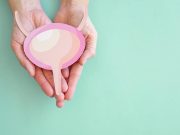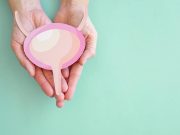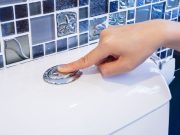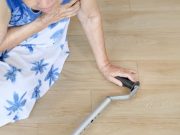Tag: Incontinence
Blue Laser Vaporization Effective for Benign Prostatic Hyperplasia
Results indicate preservation of sexual function
NeuroSAFE Improves Erectile Function After Radical Prostatectomy
Use of NeuroSAFE to guide nerve-sparing surgery results in improvement in erectile function at 12 months and urinary continence at three months
Invasive Bladder Pressure Tests for Refractory Overactive Bladder May Be Avoided
Study reveals participant-reported success in urodynamics plus comprehensive clinical assessment not superior to comprehensive clinical assessment only
Eating Behaviors, Certain Foods Linked to Pelvic Floor Disorders
Middle-aged women with disordered eating style more likely to experience symptoms of stress urinary incontinence
FDA Approves Gemtesa for Overactive Bladder in Men With BPH
Gemtesa approved for men with overactive bladder symptoms receiving pharmacologic treatment for benign prostatic hyperplasia
Low-Frequency rTMS Improves Urinary Incontinence After Stroke
Improvements seen in maximum cystometric capacity, maximum detrusor pressure, residual urine output, overactive bladder score
Pelvic Floor Yoga Not Superior for Women With Urinary Incontinence
Total UI frequency decreased by 2.3 episodes per day with yoga and 1.9 episodes per day with physical conditioning
Once-Daily TAS-303 Superior to Placebo for Stress Urinary Incontinence
TAS-303 had superior efficacy to placebo at week 12 and was associated with only mild or moderate adverse events
Bothersome Urinary Symptoms Common 12 Months Postpartum
Urinary symptom bother and urgency incontinence tied to higher parity and anxiety
In OAB, Nocturnal Urinary Frequency Tied to Bruises, Fractures From Falls
Increasing nocturnal urination frequency is common risk factor for falls with bruises and fractures in older adults with OAB














